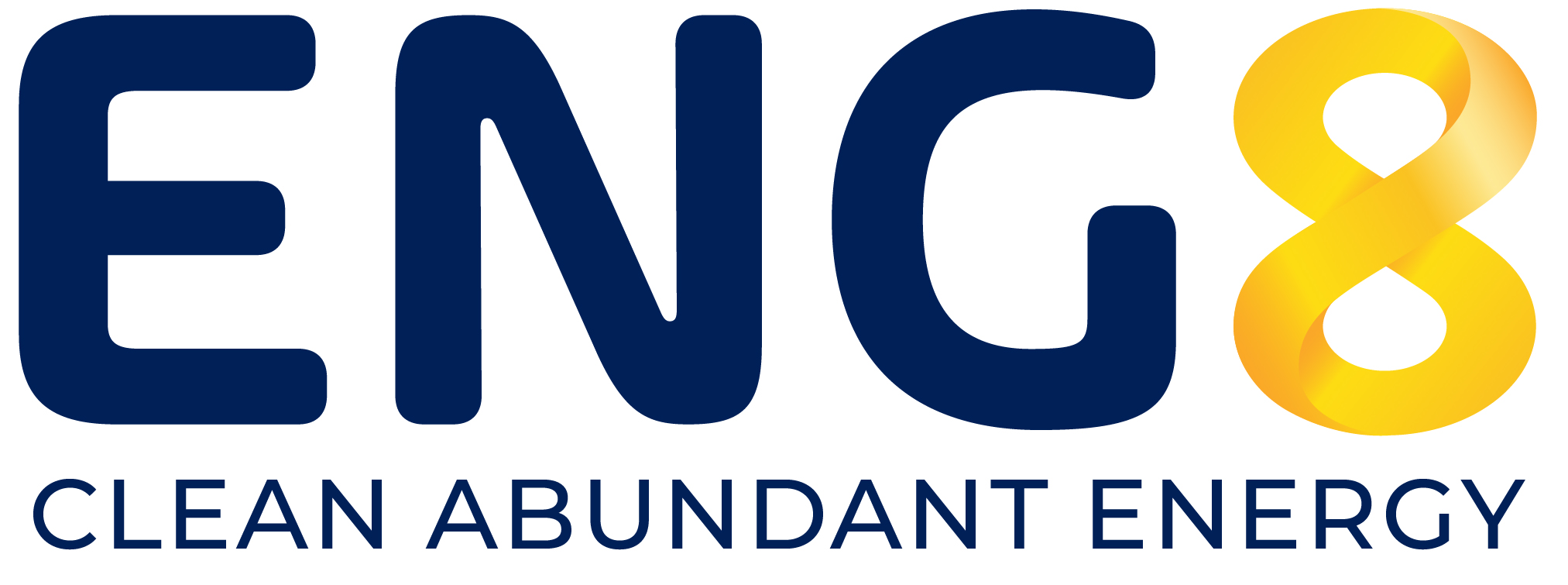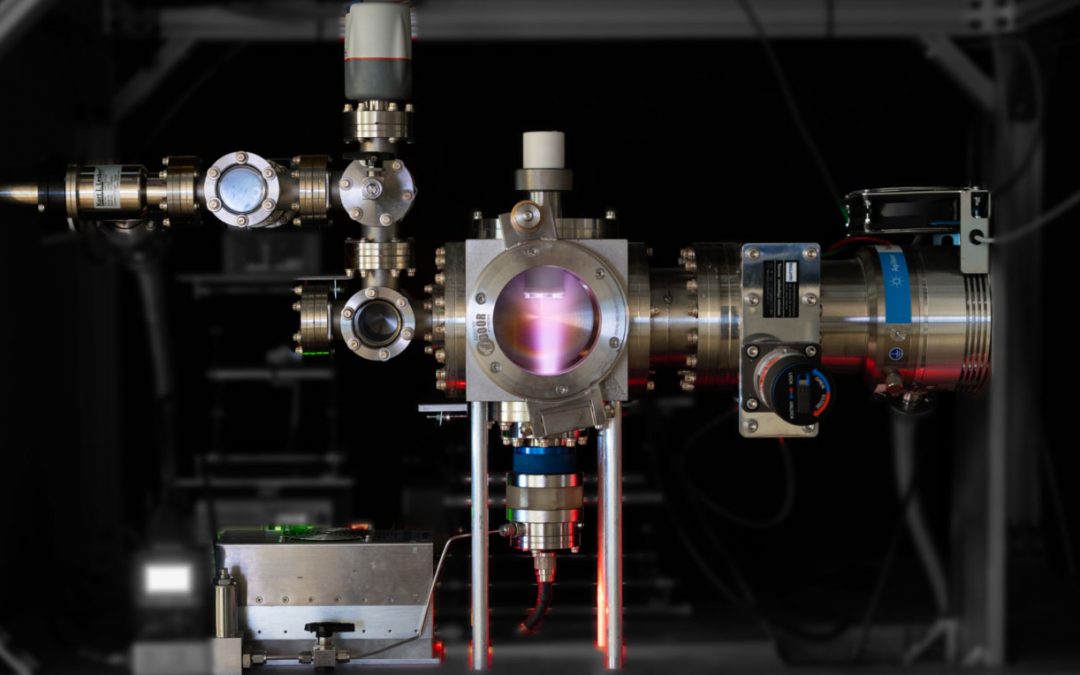UBC’s Thunderbird reactor, built by a university research team, is roughly the size of a beer fridge. Image Credit: UBC/Berlinguette Group
Thirty-six years after the scientific community dismissed “cold fusion” as pseudoscience, researchers at the University of British Columbia have vindicated a core insight from that controversial experiment whilst avoiding its fatal flaws. Unlike the discredited 1989 claims that relied on measuring “excess heat”, the UBC team measured actual neutrons (the smoking gun of nuclear fusion) using a reactor small enough to fit on a laboratory bench.
Published in the scientific journal Nature (2025), the study demonstrates the first incontrovertible evidence that electrochemical loading of a metal target can increase deuterium fusion rates by 15% in a benchtop reactor. Using their “Thunderbird Reactor,” researchers bombarded a palladium target with deuterium ions via plasma while simultaneously loading the opposite side electrochemically.
How It Works: Chemistry Meets Nuclear Physics
Think of palladium as a metallic sponge that can soak up hydrogen atoms. By electrochemically “wringing” deuterium into this sponge whilst simultaneously bombarding it with high-energy deuterium ions, the UBC team created a traffic jam of fuel particles, dramatically increasing the odds that two deuterium atoms would collide and fuse.
This dual-loading approach achieved deuterium fuel densities of 10²⁸ particles per cubic meter within the metal lattice—higher than some plasma confinement methods—validating that chemical processes at the electron-volt energy scale can measurably influence nuclear reactions occurring at the megaelectronvolt scale.
David Versus Goliath: Tabletop Fusion Science
While mainstream fusion projects like ITER span the size of multiple football fields and cost tens of billions, the Thunderbird reactor occupies roughly the space of a beer fridge (120 × 80 × 70 cm) and was built by a university research team. This David-versus-Goliath scale differential doesn’t make it a competitor to ITER, but it does make it an accessible platform for exploring unconventional approaches that would be impractical to test in massive facilities.
The system operates at room temperature without the extreme conditions typically associated with fusion research, opening new research directions by demonstrating an alternative pathway for controlling fusion fuel density.
The Reality Check: Not a Power Source (Yet)
The scientific community remains divided on whether this 15% enhancement represents a meaningful pathway toward practical fusion energy. While this represents an important proof of concept, the current system produces negligible net energy output (approximately one billionth of a watt from 15 watts of input power).
But proponents argue that’s missing the point: this experiment proves that chemistry can influence nuclear physics in measurable ways, potentially unlocking entirely new research directions. Many advances would be needed to achieve net energy gain, but the demonstration validates an unconventional approach that had been largely dismissed.
Three Key Takeaways
- Validation of tabletop fusion science: You don’t need billion-dollar facilities to do meaningful fusion research
- Cross-disciplinary breakthroughs: Chemistry and nuclear physics can inform each other in unexpected ways
- Diversification of approaches: Multiple fusion pathways are being explored simultaneously, increasing odds of breakthrough
What This Means for Alternative Fusion Research
At ENG8, we’re pursuing our own unconventional path towards catalysed fusion. While our approach differs from UBC’s electrochemical loading method, we share a common philosophy: the fusion breakthrough may not come from simply building bigger tokamaks, but from exploring entirely different physics regimes.
The UBC work validates this broader strategy (that there are multiple routes up the mountain, and some may be shorter than the heavily-trodden path). Together with initiatives such as the EU’s CleanHME programme, these independent efforts illustrate the progress being made towards unlocking new, sustainable energy solutions through diverse approaches.
The Thunderbird reactor won’t power homes tomorrow, or likely ever. But in demonstrating that electrochemistry can measurably boost fusion rates in a benchtop apparatus, it cracks open a door that mainstream fusion research had largely sealed shut decades ago. For companies like ENG8 pursuing alternative fusion pathways, that open door represents both validation and inspiration: the future of fusion may be more diverse (and more surprising) than the conventional wisdom suggests.
Our mission is to develop decentralised, grid-independent power systems that can deliver cost-effective clean energy directly to communities, reducing reliance on centralised infrastructure while supporting environmental sustainability.
Disclaimer: The University of British Columbia research referenced inspires ENG8’s mission but represents independent scientific work unrelated to our specific EnergiCell technology development.
References:
- Nature study: https://www.nature.com/articles/s41586-025-09042-7
- CleanHME programme: https://www.cleanhme.eu/

